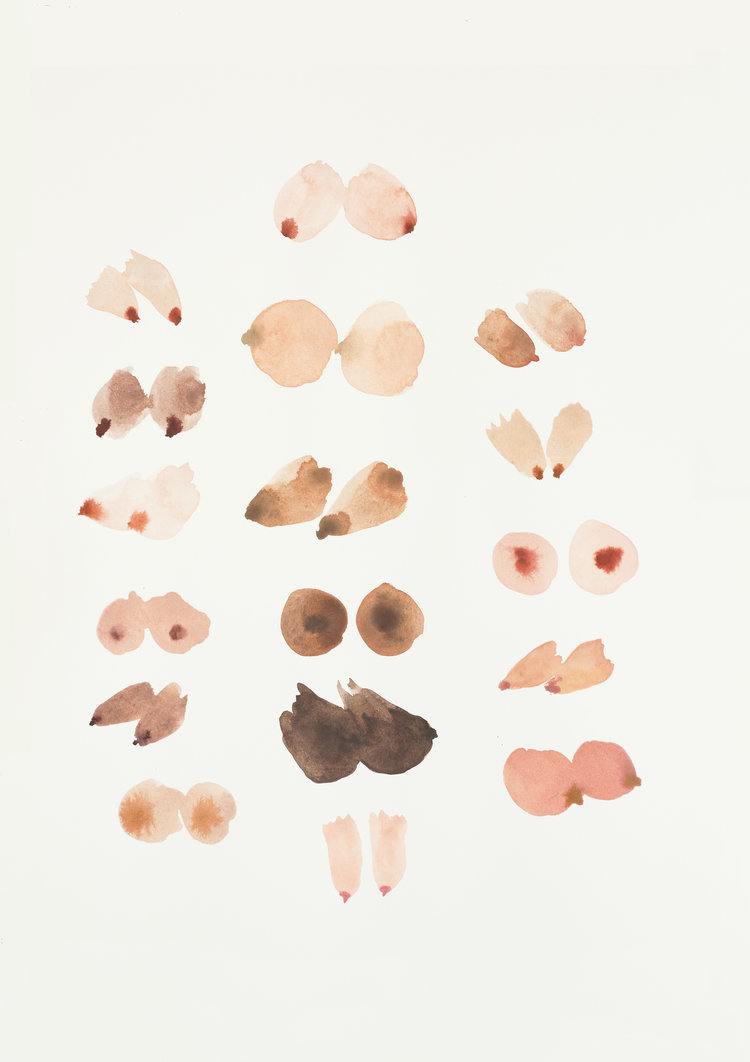
How Breast Cancer Affects Developing Countries
Milk Moons Print by STELLA MARIA BAER
Breast cancer makes up 25% of all cancer diagnoses in women worldwide. It’s considered to be the only universal cancer among women. Logic would say as a country develops a better infrastructure and healthcare becomes less scarce, the incidences of breast cancer and related deaths would decrease. In fact, it’s the opposite. As a country develops, the incidence of breast cancer begins to increase.
In western countries, breast cancer incidences increase with age. In eastern economies like India and China, risk increases based on socio-economic indicators like being a working woman. India is the fastest growing economy in the world and will outpace China. Millions of women are being lifted out poverty, but their risk for breast cancer rises as their opportunities increase.
As economic development provides more opportunities for Indian women, they are waiting longer to have sex, having fewer children and breastfeeding less than their counterparts in less developed areas. All these factors increase breast cancer risk over a lifetime. Detection and treatment are hindered by lack of resources, lack of education, cultural stigmas against seeking treatment, and the classification of morphine as a controlled substance.
What can be done
As many as four-fifths of women in low-income settings don’t get a diagnosis until their disease is advanced, according to a GE Healthcare report. The report confirmed that early detection and treatment are the major strategies responsible for improved survival after diagnosis, and that early treatment is more cost-effective. However, this all requires access to care which is severely lacking in developing countries.
How countries are responding
In 2005, a pilot program turned a hospital into the country’s first breast cancer treatment center and provided care from prevention and early detection to treatment and palliative care. Costs ranged from $200,000 to $500,000 per year (plus drug donations equal to $124,000). The program reduced the time between diagnosis and surgery from 12-18 months in 2006 to three to six months in 2009. Around the same time, the cost of treating breast cancer in the US in 2010 was around $16.5 billion.
What U.S. women need to know
One in 8 U.S. women will be diagnosed with breast cancer. In 2017, the American Cancer Society estimates that there will be 252,710 new cases of invasive breast cancer and 40,610 breast cancer deaths among U.S. women. As the current administration continues to review the Affordable Care Act, breast cancer patients are rightly concerned. Regardless of our political affiliations, as women we should be aware of what we stand to lose if the ACA is repealed so that we’re prepared to respond. The ACA provides for:
- No-cost mammography screening
- Free genetic and BRCA testing to those who qualify
- No lifetime care limits
- No denial of coverage for pre-existing conditions
How to help
- Donate to the American Cancer Society’s global fund
- Donate to the Breast Cancer Research Foundation (Note: this money isn’t specifically designated for international purposes)
- Let the President know you support the ACA
Or, write your own letter to your representative or senator letting them know what healthcare services are most critical to you as a woman.
